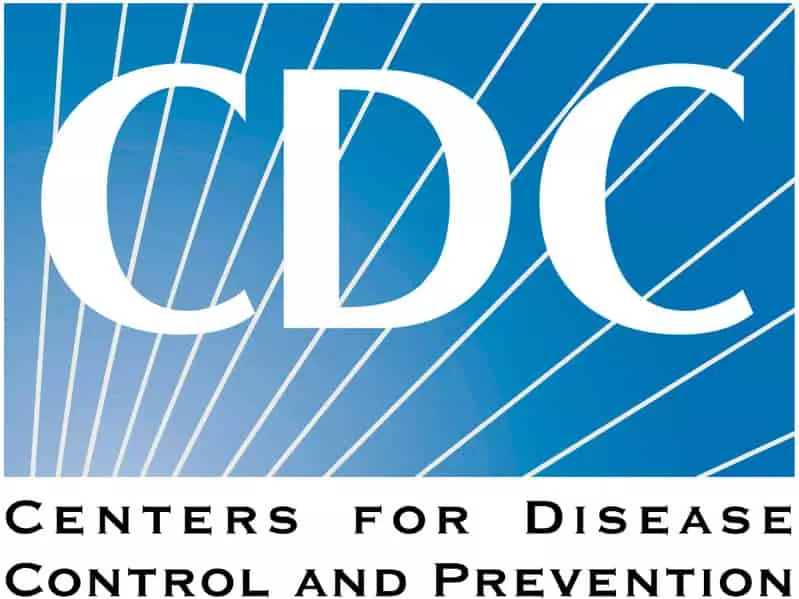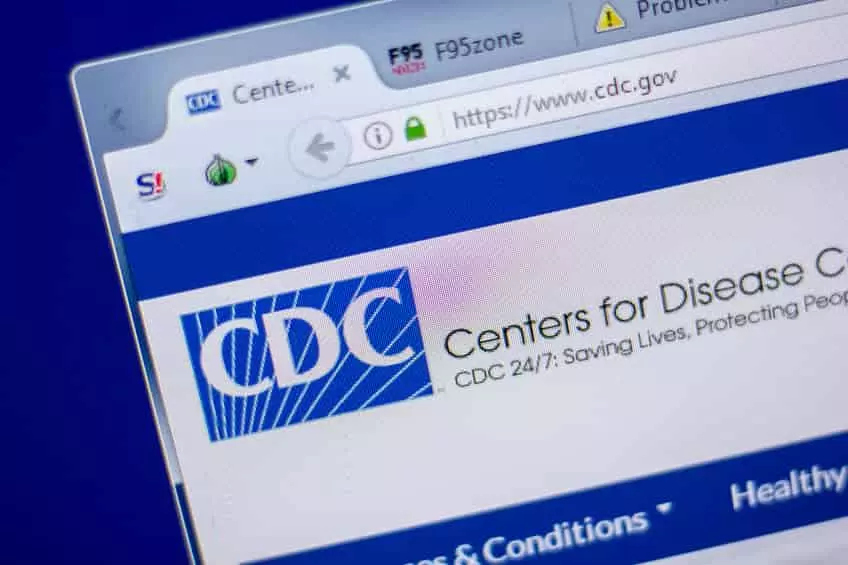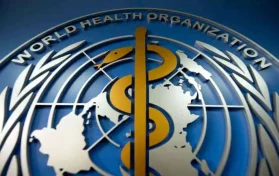
Since the beginning of the pandemic, the acronym “CDC” has become a bit of a household buzzword. However, the Centers for Disease Control has been an American institution – a world-wide respected institution – for decades. The CDC is the public health agency of the United States, and it is considered a federal agency that is under the purview of the Department of Health and Human Services. The headquarters of the Centers for Disease Control is located in Atlanta, Georgia.
The Centers for Disease Control was established on July 1, 1946. The CDC was preceded by a number of health and disease organizations, some dealing with outbreaks of malaria to all types of communicable diseases. The CDC employs just under 11,000 individuals, and the organization – as of 2018 – has an annual budget of approximately $11 billion. However, with the advent of the COVID-19 pandemic, the budget was increase (as of FY 2021) to $15.4 billion.
The current director of the CDC is Rochelle Walensky. The Acting Principal Deputy Director is Debra Houry.
The History of the CDC
During the second World War, the Office of National Defense Malaria Control Activities established a World War II Malaria Control in War Areas agency. Of course, the second World War had ended in 1945, and, many troops returned home from areas where malaria was rampant. However, the federal government realized that there should be a federal agency which would carry out research and provide guidelines for outbreaks of various infectious diseases after the end of the war.
The Communicable Disease Center was established on July 1, 1946.
When malaria was ravaging parts of the world, both the Rockefeller Foundation as well as the League of Nations both supported efforts in controlling outbreaks of malaria. The Rockefeller Foundation wished for a governmental agency to take control of some of the work of the organization.
When the agency was formed, Atlanta was chosen as its headquarters location because the malarial epidemic had chiefly taken place in the Southern United States. The agency would be a branch of the United States Public Health Service, and the offices of the Communicable Disease Center would be located on the sixth floor of the Volunteer Building on Peachtree Street in Atlanta.
The initial responsibilities of the CDC included working to decrease the population of mosquitos as well as changing the habitats where mosquitos were most likely to produce a great many mosquitos. The initial objective of the Communicable Disease Center was to not only control but to eradicate the presence of malaria in the United States.
The CDC in 1946 had a whopping 369 employees in total. The jobs were chiefly concerned with entomology as well as engineering. Approximately six million homes were sprayed with DDT in an effort to eradicate the mosquitos that carried malaria. During the initial years of the CDC, there were only seven medical officers working at any given time.
The organizational chart of this form of the CDC was drawn in the shape of a mosquito.
However, Joseph Walter Mountin would promote that the CDC expand its responsibilities to study and provide guidance regarding other infectious diseases, which the CDC would eventually do.
In 1947, the CDC would make moves so that it could relocate its headquarters to Clifton Road in Dekalb County, Georgia. The organization paid $15 to Emory University for fifteen acres of land. The CDC has called this address home since 1947.
In 1951, the CDC expanded to include an Epidemic Intelligence Service. This was in response to concerns that biological warfare might become an issue during the Korean War. The EIS program would eventually evolve into a two year training program in epidemiology. By 1980, the program was called the Field Epidemiology Training Program, and it was a program that would train not only American epidemiologists but scientists in that concentration from all over the world.
Although the original mission of the CDC focused on malaria and eradicating this highly dangerous disease, the CDC would eventually expand to include sexually transmitted diseases. This took place when the U.S. Public Health Service, particularly the Venereal Disease Division of the PHS, was transferred to the CDC in 1957. In 1960, the Tuberculosis Control was transferred to the CDC in 1960, and the Immunization program was established at the Center for Disease Control in 1963.
The CDC as we know it today has undergone a number of name changes since the 1960s. In 1967, it became the National Communicable Disease Center, but within three years, the agency shortened its name to the Center for Disease Control. By 1980, it would become the Centers for Disease Control. In 1987, the national Center for Health Statistics was merged with the CDC. In 1992, Congress passed a resolution in which the CDC was renamed the Centers for Disease Control and Prevention; however, the resolution stated that the CDC should maintain its current acronym due to name recognition.
The CDC has expanded its purview so that its mission included the study and prevention of chronic disease, workplace hazards, terrorism preparedness, disabilities, environmental health threats and injury control. The Centers for Disease Control is typically tasked with researching emergent health care situations, specifically when a virus or another infectious disease grows in prevalence. This diseases include: West Nile, variations of pandemic flu outbreaks, E. coli, obesity, birth defects, and even bioterrorism.
The Centers for Disease Control has admitted to sending samples of infectious diseases to the Iraqi government during the 1980s for the purpose of being revamped and used in biological warfare. These diseases include Botulinum, West Nile virus, Dengue fever, and the Yersinia pestis disease.
In April 2005, the director of the CDC at that time decided that a reorganization of the CDC was in order, and she established four Coordinating Centers. However, the Obama Administration would eliminate these centers within just a few years.
In 2013, the CDC admitted that they had discovered several samples of smallpox were “misplaced.” At the same time, some workers had been potentially infected with anthrax.

What is the major focus of the CDC now?
The CDC is focused on over 400 communicable diseases as well as major health threats that may present. The organization offers a website with various guidelines and information on a wealth of infectious and noninfectious diseases.
The flu is one of the main infectious diseases which the CDC studies each year. The CDC has launched a number of websites which work to educate the public on hygiene and preventing the spread of the disease.
The CDC has a division which is called “Select Agents and Toxins.” Inside of this division are two programs: the Federal Select Agent Program and the Import Permit Program. One office is in conjunction with the USDA, and it studies disease in humans, plants, and animals including livestock.
The CDC also runs inspections of labs inside the United States that study rare and dangerous substances including anthrax and Ebola.
The CDC studies and works to improve the treatments for non-communicable diseases also. These health conditions include obesity and tobacco use.
The CDC studies the phenomenon of antibiotic resistance. The government provided a $161 million dollar budget for the program, and there is now an Antibiotic Resistance Lab Network.
The CDC also works hand in hand with global health agencies to study and combat disease threats across the globe as well as global health threats. Of course, the pandemic would be a prime example of how the CDC has worked with the World Health Organization to deal with a global health threat. The CDC also works with ministries of health across the globe. The World Health Organization maintains employees in sixty different countries across the globe.
The CDC has worked with the World Health Organization to draw up an agreement called the International Health Regulations agreement, which is a resolution between nearly two hundred countries. The IHR is intended to prevent and control infectious diseases, but the group also reports on these illnesses.
The CDC publishes on a regular basis a traveler’s information guide called the CDC Health Information for International Travel. This book is renewed in its edition every other year, and its often called the yellow book for those who travel across the world. The CDC also announces travel alert warnings on its website in the form of a watch, an alert, and a warning.
The CDC is also focused on vaccine safety. The CDC operates the VAERS (Vaccine Adverse Event Reporting System), which is a database concerning reactions to vaccinations. The CDC then compiles this information and provides information on possible side effects.
The CDC Today
Today, the CDC is at the forefront of the COVID-19 pandemic; however, the agency has been plagued with conflicting information during the pandemic. However, much of this is due to the constant learning of information regarding COVID-19. Just recently, the original ten day quarantine was shortened to five days, and the once-required negative COVID-19 test in order to return to work is no longer necessary.





